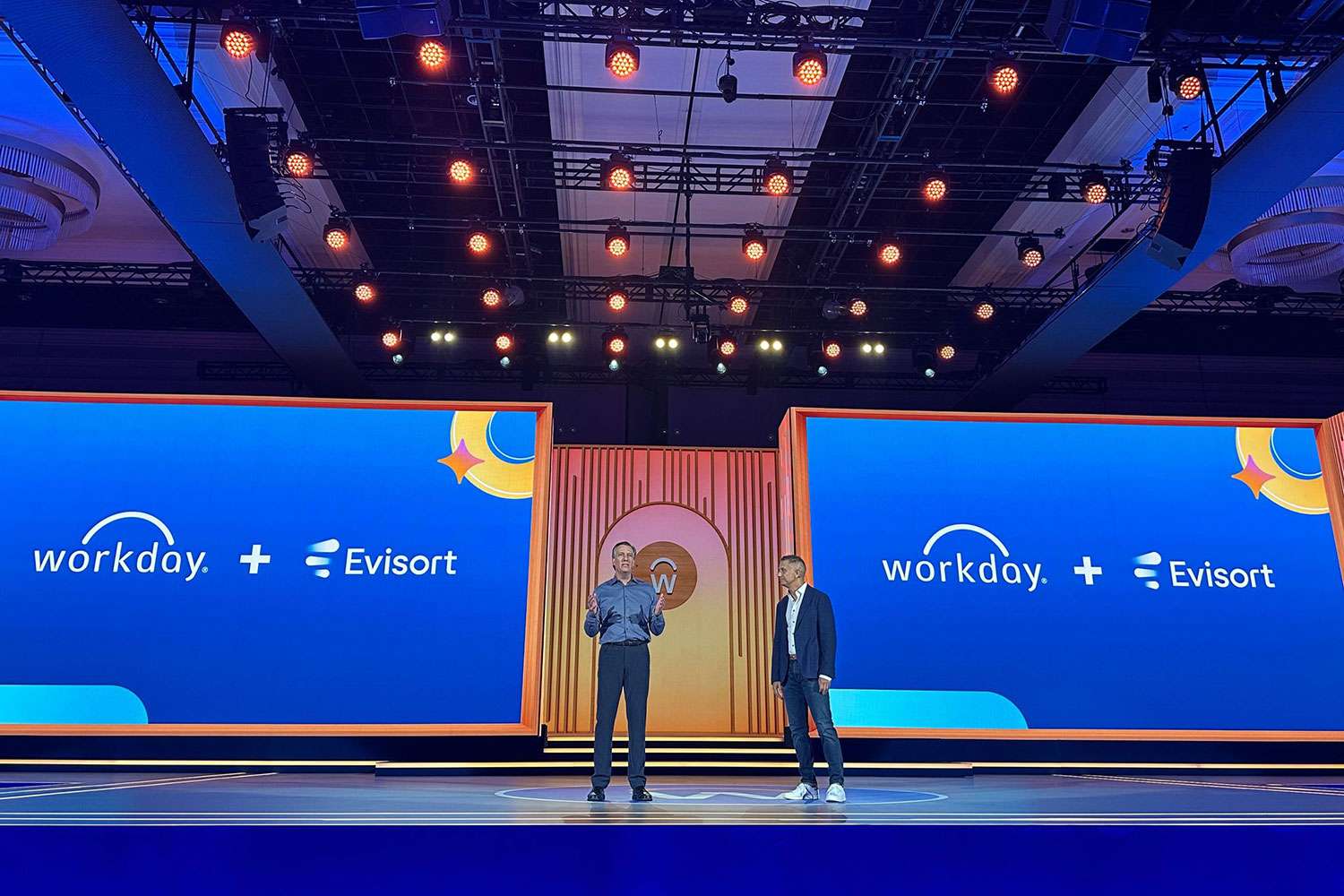Discover the Data Safety Advantages of Cloud Migration

While more and more businesses are making an AWS cloud migration in some form or fashion, the inherent risks of using third-party data centers remains a concern for many. Even companies that aren’t on the cloud are using it in some shape or fashion. Sharing documents via Dropbox is using the cloud, at least temporarily, but that is an example of a small convenience; not quite the equivalent of moving your entire ERP infrastructure from your safe and secure premises to an ethereal location that you cannot visit and that you fear seeing go down for an extended period of time.
How to Keep Your Data Safe When It’s Not On Site
While 83% of companies have at least some of their workload stored in the cloud, that doesn’t mean that companies shouldn’t evaluate their options. Knowing what you’re buying is a crucial component of any transition, and knowing that all data centers are not created equal is a huge factor in picking the right one.
1. Build Your Roadmap
Before your company goes browsing for places to house your ERP components or any other resources you want to move to the cloud, your CTO, CIO, any other stakeholders should work with an expert (in-house or otherwise) to create a roadmap determining specifically what the company envisions for moving to the cloud, why it is doing so, and what it will require in the short and long-term for that move to be successful.
2. Do Extensive Research
The websites of any company that provides cloud services are going to be very pretty, very welcoming, and full of promises that are designed to get you feeling comfortable and ready to spend. But how good are they really? Your firm should ask for extensive details about the nature of the data center where your information will be stored before even considering a partnership:
- Where is it located?
- Hint: your data should be housed across more than one location to prevent losses if one center should go down.
- Who runs the physical site?
- What sort of security does it have?
- Are countermeasures in place to reduce its carbon footprint?
- What manmade and/or natural disaster risks does it face?
- Ex: Is it located only in California and therefore more liable to suffer from downtime due to earthquakes?
- What is its uptime?
- What are its contingencies in a power loss or a natural disaster?
These kinds of questions should be readily answered by the data center sales team, if not already on their website. Putting your ERP infrastructure into a cloud environment brings risks to it that must be mitigated in order to feel confident and comfortable about the decisions.
3. AWS As A Way Forward
One of the most cost effective and secure ways to mitigate the risks above is to leverage the Amazon Web Services (AWS) cloud. AWS controls the largest single part of the market share for cloud services – 32% of the domestic market. While there are numerous options on the market, its combination of security, flexibility, and availability are tough to beat. Because of its longevity in the market, AWS is an ideal candidate for your firm’s move into the cloud. You can take it slowly with a single piece or process to test the temperature of the water before moving wholesale to the cloud.
AWS Is The Most Secure Option For Your Off-Site Data
If you’re interested in cloud migration but are unsure if it is the right choice for your company, ERPA offers a complimentary assessment that includes a migration roadmap. Fill out the form below to request yours today.































